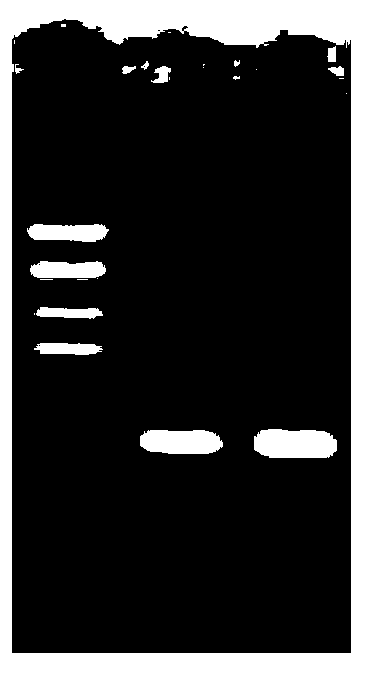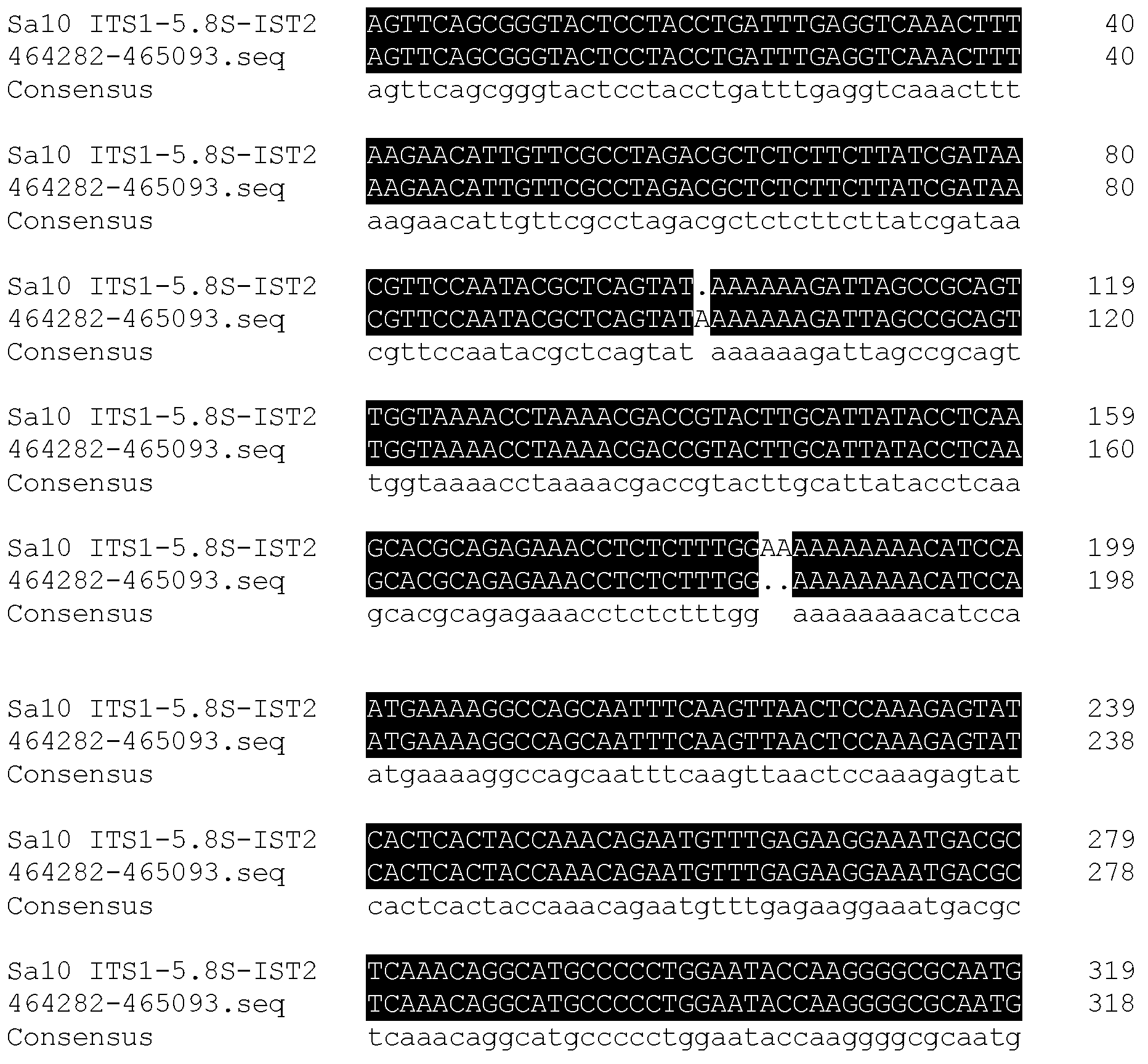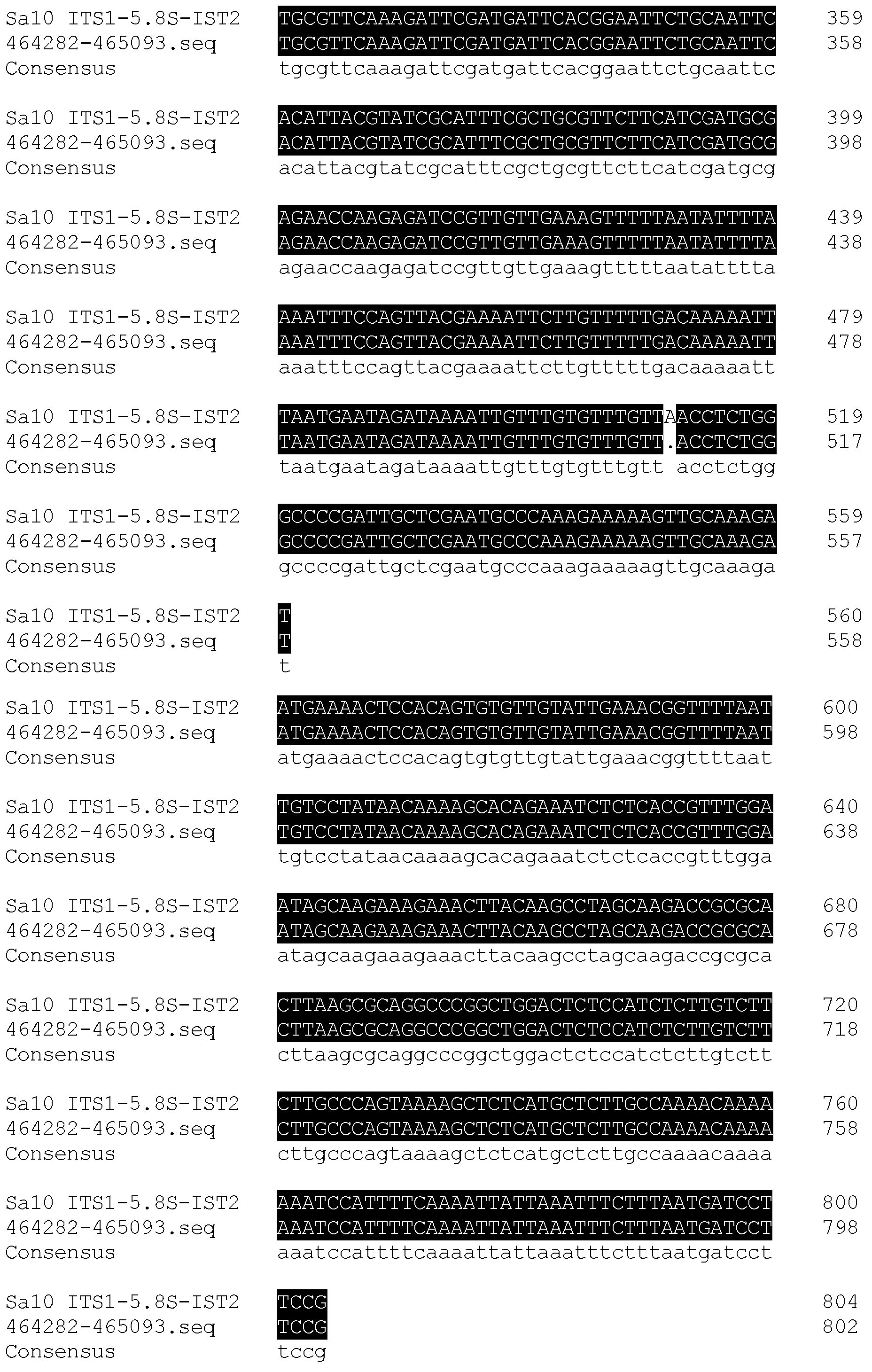Acid resistance and high temperature resistance saccharomyces cerevisiae and applications thereof
A technology of Saccharomyces cerevisiae and fermented liquid, applied in the field of Saccharomyces cerevisiae, to achieve the effects of improving animal production performance, increasing daily feed intake, and broad application prospects
- Summary
- Abstract
- Description
- Claims
- Application Information
AI Technical Summary
Problems solved by technology
Method used
Image
Examples
Embodiment 1
[0061] Example 1. Screening, isolation and identification of Saccharomyces cerevisiae
[0062] 1. Isolation and purification of bacterial strains
[0063] Take an appropriate amount of seedless white grape skin and culture it in YEPD liquid medium, culture it on a shaker at 30°C and 200rpm for 24-48 hours, and dilute the culture solution into the following three concentration gradients: 10 -1 、10 -2 、10 -3 Afterwards, spread on YEPD solid medium plates, two to three plates for each gradient. Cultivate at 30°C for 24 to 48 hours, observe the shape of the grown colony, and select a single colony that conforms to the shape of the yeast colony and connect it to the YEPD slant for cultivation.
[0064] Two types of single colonies can be observed on the plate: large colonies and small colonies, both of which have smooth surfaces and milky white colonies. Bacteria were inoculated from large colonies and small colonies to YEPD slant, and cultured at 30°C for 24 hours. Observing ...
Embodiment 2
[0077] Example 2. Biological properties of Saccharomyces cerevisiae Sa-10 CGMCC No.6120
[0078] 1. High temperature resistance
[0079] 1) Biomass at different culture temperatures
[0080] Inoculate the strains Sa-10 and YSF5 into large test tubes containing 5ml of YEPD liquid medium respectively, and culture them on a shaker at 30°C and 200rpm for 18-20h; In the triangular flask, culture at 30°C, 35°C and 40°C, 200rpm shaker for 24h, make three parallel samples at each temperature, measure the biomass (the wet weight of bacteria in each liter of culture solution, g / L), The results are shown in Table 1. The results showed that compared with common Saccharomyces cerevisiae YSF5, the strain Sa-10 still maintained a higher biomass when cultured at 40°C.
[0081] Table 1. Biomass of strains Sa-10 and YSF5 at different culture temperatures (wet weight of bacteria, g / L)
[0082] Culture temperature (℃)
[0083] 2) Temperature tolerance analysis of yeast
[0084] The...
Embodiment 3
[0093] Example 3. Optimization of liquid fermentation culture of Saccharomyces cerevisiae Sa-10CGMCC No.6120
[0094] Used seed medium in this implementation: solvent is water, solute and its concentration in described seed medium are: glucose 20g / L, yeast extract 10g / L and peptone 20g / L.
[0095] 1. Screening of nitrogen source in fermentation medium
[0096] 1. Under sterile conditions, take Saccharomyces cerevisiae Sa-10 CGMCC No.6120 into a triangular flask containing seed medium, culture at 30°C and 200 rpm for 16-18 hours; obtain seed liquid;
[0097] 2. According to the volume ratio of 10% inoculum, take the seed solution in step 1, and inoculate them in the Erlenmeyer flasks containing fermentation media (numbered A, B, C, D) containing different nitrogen sources respectively, at 30°C, 200 rev / min, ferment and cultivate for 30 hours to obtain a fermented liquid, and do three repetitions for each fermented medium at the same time.
[0098] Fermentation medium: solvent...
PUM
 Login to View More
Login to View More Abstract
Description
Claims
Application Information
 Login to View More
Login to View More - R&D
- Intellectual Property
- Life Sciences
- Materials
- Tech Scout
- Unparalleled Data Quality
- Higher Quality Content
- 60% Fewer Hallucinations
Browse by: Latest US Patents, China's latest patents, Technical Efficacy Thesaurus, Application Domain, Technology Topic, Popular Technical Reports.
© 2025 PatSnap. All rights reserved.Legal|Privacy policy|Modern Slavery Act Transparency Statement|Sitemap|About US| Contact US: help@patsnap.com



